
- Wireless
- Premium Display
- Easy Setup
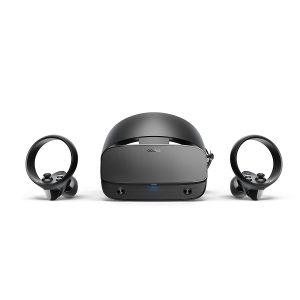
- Improved optics
- Ergonomic design
- Operating System: Android
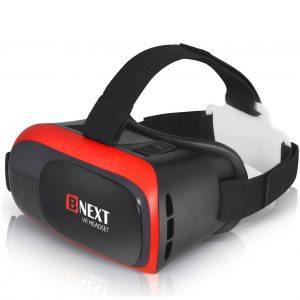
- Comfortable
- Ergonomic design
- Operating System: Android
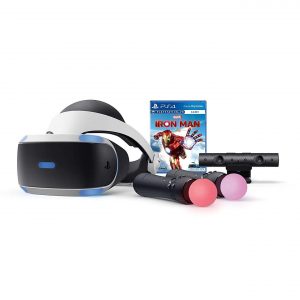
- Comfortable
- Perfrect gift
- Easy Setup

- Premium Display
- 3D Cinematic Sound
- Connector Type: Usb
Choose the Best VR Headset for Kids
Customer’s Choice: the Best Rated VR Headsets for Kids
13 users answered this survey. Please help us improve this review!
If you’re looking for the best VR headsets for kids, look no further! In this blog post, we will discuss some of the best options on the market and why they are perfect for children. Virtual reality is a great way to introduce kids to new worlds and experiences, and it can help improve their creativity and problem-solving skills. We will also provide a few tips on how to choose the right VR headset for your child. So without further ado, let’s get started!
Table of Contents
Oculus Meta Quest 2
You’ll feel like you’re right in the thick of the action, whether you’re exploring virtual worlds or racing at breakneck speeds. And thanks to the integrated 10,000mAh battery, you can enjoy up to three hours of gameplay or ten hours of entertainment on a single charge. The Meta Quest 2 is also designed for comfort, so you can keep playing or watching your favorite shows without feeling fatigued. Whether you’re a hardcore gamer or just looking to explore the latest in VR technology, the Oculus Meta Quest is the perfect headset for you.
Oculus Rift S PC-Powered VR Gaming Headset
 The Oculus Rift S is a sleek, lightweight headset that’s perfect for gamers looking to upgrade their experience. It has improved optics and brighter colors which reduce the “screen door” effect so you can see everything in crisp detail while playing games or watching videos on YouTube without any distortion!
The Oculus Rift S is a sleek, lightweight headset that’s perfect for gamers looking to upgrade their experience. It has improved optics and brighter colors which reduce the “screen door” effect so you can see everything in crisp detail while playing games or watching videos on YouTube without any distortion!
The head strap twists allowing users quick reactions time during gameplay because it stays securely placed on your face thanks again to the fit wheel located near one eyehole – making them feel like they’re really there taking part in what happens around them just by moving within virtual reality itself. And like other top-of-the-line gaming headsets, the Rift S comes with integrated audio so you can hear every sound from your game.
Universal Virtual Reality Goggles
It’s time to go beyond reality with these incredible virtual worlds! These strap-on headsets have advanced VR gaming technology for a truly realistic experience. Plus they come equipped with adjustable FD and OD lenses so you can find the perfect fit as well as long-wearing comfort that will leave your head spinning from all of its amazing adventures in this digital world!
PlayStation VR – Marvel’s Iron Man Bundle
That all changes when an old enemy resurfaces with a plan that could bring Iron Man down from his lofty perch! Join forces or fight them solo in this new VR adventure where you must use every tool at your disposal to defeat malignant robots while learning more about Tony stark’s past adventures before joining up again later on…
The PlayStation Plus exclusive “Iron man Bundle” is now available – containing everything needed including 2 Motion Controllers (plus extra batteries!), Playstation Camera & VR BlueRay disc of the full-length movie!
Oculus Meta Quest 2 — Advanced All-In-One Virtual Reality Headset
Plus, they’ve included a premium custom carrying case with durable protection to keep your headset and controllers safe while you’re on the go. And for extra comfort and stability, they have redesigned the Oculus Touch controllers. Ready to experience gaming like never before? Pick up an Oculus Quest 2 today!
Buyer’s guide
Is it ok for kids to use VR headsets at all?
Yes, there are many applications for kids that can be used with VR headsets. These include educational games, puzzles, and even virtual reality experiences that can teach kids about different cultures and history.
In addition, VR can also be used for entertainment purposes, such as watching movies or playing video games. However, it is important to note that not all VR content is appropriate for children. Therefore, parents should check the rating of any VR content before allowing their children to use it.
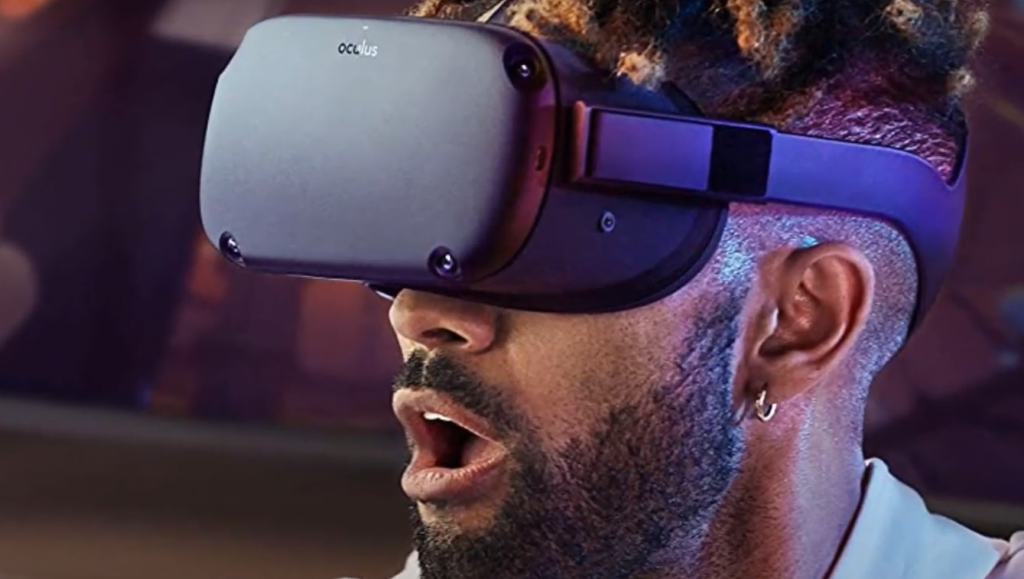
Moreover, VR headsets can help kids with social anxiety or autism by providing them with a way to socialize in a safe and controlled environment. For example, there are VR games that allow kids to play with other children from around the world, which can help them make friends and build social skills.
Additionally, parents should closely monitor their children while they are using VR headsets to ensure that they are not experiencing any negative side effects.So if you understand the risks and benefits, purchasing a VR headset for your kid can be a great decision.
How to Choose the Best VR Headset for Kids
Buying the best VR headset for kids can be a daunting task. There are so many different types and brands on the market, that it’s hard to know where to start. Do you want something that will grow with your child, or is there a specific game or activity they want to use it for?
In addition, how much are you willing to spend? VR headsets can range in price from under $100 to over $1000.
Here are a few things to keep in mind when choosing the best VR headset for your child:
Comfort and Fit
The very first thing you’ll want to consider when shopping for a VR headset for your kid is comfort and fit. A lot of the headsets on the market are simply too big for smaller faces. You don’t want the headset to be so loose that it constantly slides down, nor so tight that it gives your kid a headache.
There are a lot of factors that affect how comfortable a VR headset is, some of them are:
- Size of the head – Most VR headsets are adjustable to fit a range of head sizes, but there can still be big differences between them. If you know your kid has a smaller head, make sure to pay attention to that when selecting a headset.
- Weight – Heavier headsets can cause neck strain and fatigue more quickly. If you know your kid is sensitive to that, look for a lighter headset. Try to find a headset that’s specifically designed for kids. These will usually be lighter and more comfortable for smaller faces.
- Pressure – Some VR headsets put more pressure on the face, especially around the eyes. This can cause discomfort after extended use. Usually, it’s not a big deal, but if your kid is sensitive to that sort of thing, look for a headset with less pressure.
- Ventilation – Most VR headsets have some ventilation to prevent the lenses from fogging up. However, some headsets have better ventilation than others. They vary in how well they ventilate, so take that into consideration if your kid is prone to sweating.
- Ease of adjustment – Some VR headsets are easier to adjust than others. If you know your kid is going to be constantly putting the headset on and taking it off, look for one that’s easy to adjust. Most headsets have some kind of adjustment mechanism, but some are more user-friendly than others. For example, some headsets have a knob that you can turn to tighten or loosen the straps, while others have Velcro straps that are easy to adjust.
- Balance – Some VR headsets are top-heavy, which can cause them to constantly slide down your kid’s face. Balance depends on the weight distribution of the headset, so it’s something to keep in mind when choosing one.
- Light blockage – You want a VR headset that blocks out as much light as possible. Otherwise, the image will be washed out and it’ll be difficult to see what’s going on. Look for headsets with good light blockage and make sure the lenses are large enough to cover your kid’s entire field of vision.
- Ease of use – Some VR headsets are easier to use than others. If your kid is going to be using the headset a lot, look for one that’s easy to put on and take off. Also, make sure the controls are easy to understand and use. The last thing you want is for your kid to get frustrated with the headset because it’s too difficult to use.
- Glasses – If your kid wears glasses, make sure the VR headset is compatible with them. Some headsets have special inserts for glasses, while others are designed to accommodate them. On the other hand, some headsets are not compatible with glasses at all, so keep that in mind when making your decision.
- Cushioning – And don’t forget about cushioning! A lot of VR headsets have some sort of cushioning around the edges to make them more comfortable to wear. However, not all headsets are created equal. Some have better cushioning than others, so make sure to pay attention to that when making your selection.
There are many more factors that affect comfort and fit, but I don’t want to borrow too much time. Just remember that comfort is important when choosing a VR headset for your kid. It’s not worth sacrificing their comfort just to save a few bucks.
Safety
Of course, comfort is not the only thing you should consider when choosing a VR headset for your kid. You also want to make sure it’s age-appropriate and safe. If you’re unsure about a particular headset, check the manufacturer’s website or contact customer service for guidance.
- When it comes to safety, the most important thing is to avoid VR headsets with straps or other parts that could get caught on something and choke your child. Look for headsets with a soft, flexible design that can’t cause any injuries.
- Another safety consideration is how easy it is for your child to take the headset off. You don’t want them to be stuck in VR land forever! Look for headsets with a simple on/off button or switch that your kid can easily operate.
- In addition, you’ll want to make sure the VR content your child is accessing is appropriate for their age. There are many great VR apps and games for kids, but some of them may not be suitable for younger children. If you’re unsure about a particular app or game, check the ratings and reviews before you let your child play it.
- Finally, it’s important to supervise your child while they’re using VR. Make sure they take breaks every 20 minutes or so to avoid eye strain. And if they start to experience any discomfort, such as dizziness, headache, or nausea, stop them immediately and take a break.
If VR is something you think your kid would enjoy, then don’t hesitate to give it a try. Just be sure to do your research and choose a headset that’s right for them. With so many great VR headsets on the market, there’s sure to be one that’s perfect for your family.
Material
The next best thing to consider is the material of the headset. It is important because you want something that is comfortable for your child to wear, especially if they are going to be wearing it for long periods of time. You also want to make sure that the material is durable so that it can withstand any accidental drops or bumps.
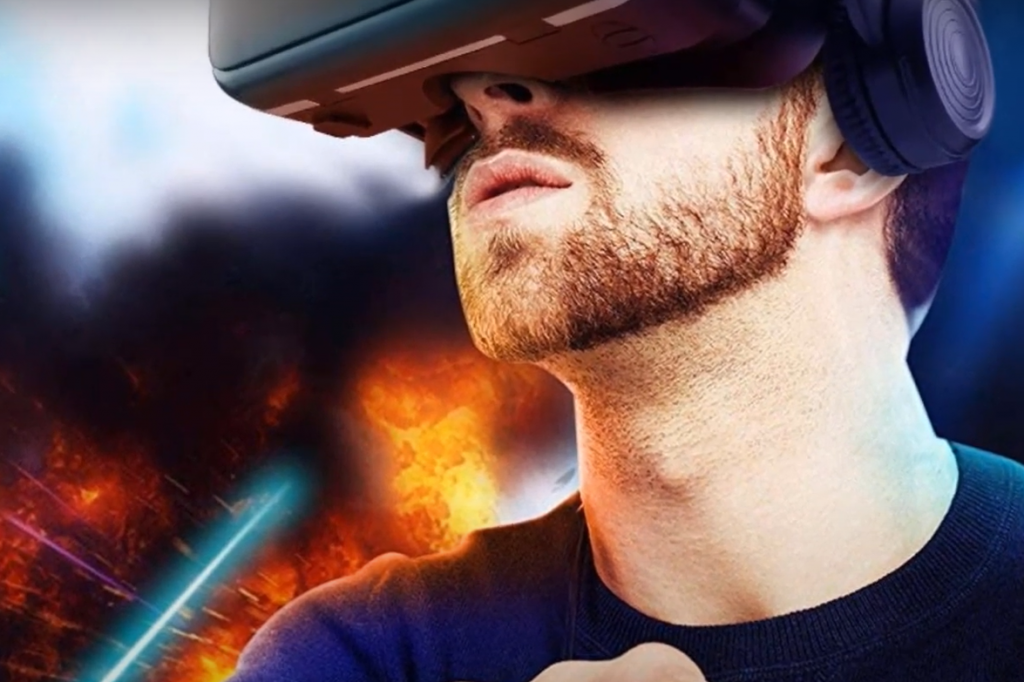
Material is also important because it can affect the overall weight of the headset. Heavier headsets can cause neck strain, so you want to make sure that the material is lightweight.
There are a few different types of materials that are commonly used in VR headsets, such as plastic, metal, and cardboard. Each type has its own benefits and drawbacks, so it is important to consider what would work best for your child.
- Plastic VR headsets are often the most affordable option and are usually the lighter-weight option, making them more comfortable for kids to wear. However, they are not as durable as some of the other options and can be more prone to scratches.
- Cardboard VR headsets are a more eco-friendly option and can be easily recycled when your child is done with them. They are also often very lightweight, which means that they put less strain on your child’s neck.
- Metal VR headsets are often the most expensive option but are also the most durable. They are often heavier than the other options, making them less comfortable for kids to wear. They can withstand a lot of wear and tear and are less likely to scratch than the other options.
So make sure to take into account the different types of materials when you are deciding on the best VR headset for your child.
Lenses and Optics
The lenses and optics on a VR headset are critical for delivering a great experience. The best VR headsets for kids have high-quality lenses that minimize distortion and provide a wide field of view. The lenses should also be coated to reduce reflections and glare.
The best VR headsets for kids also have adjustable interpupillary distance (IPD) settings. This is the distance between your eyes, and it’s important for ensuring that the image on the screen is in focus. Some VR headsets have fixed IPD settings, while others allow you to adjust the IPD to get a better image.
You should also consider the material of the lenses. The lenses are what allow your child to see the virtual reality world and they come in a variety of different materials. Some of the most common options are plastic, glass, and acrylic.
- Plastic lenses are the most affordable option but can be more prone to scratches. In addition, plastic lenses can cause more eye fatigue because they don’t distribute the weight of the headset evenly across your child’s face.
- Glass lenses are more expensive but offer better image quality. They’re also less likely to scratch and are more durable overall.
- Acrylic lenses are a good middle ground between the two and provide a good balance of image quality and affordability. However, they are not as durable as glass lenses and can scratch more easily.
Finally, you want to consider the type of lenses that are used in the headset. There are two main types of lenses: aspheric and spherical.
- Aspheric lenses are flatter and provide a wider field of view. However, they can cause more distortion around the edges of the image.
- Spherical lenses are more curved and provide a narrower field of view. But, they reduce distortion and provide a clearer image overall.
So, when you are looking at the different types of VR headsets for your child, make sure to take into account the type of lenses that are used.
Weight and design
The weight of the VR headset is an important consideration for kids. A heavier headset can cause neck strain, while a lighter one might feel less immersive.
Heavier headsets will have larger lenses and be made from sturdier materials. Lighter headsets might have smaller lenses and be made from more lightweight materials.The design should also be comfortable for kids to wear, with straps that adjust to fit different head sizes. Some VR headsets have built-in audio, while others require the use of headphones.
Price
The last but not the least important factor is the price. You don’t want to spend too much on something your kid will outgrow in a few months. Look for something affordable but also durable.
Price is affected by many factors such as the quality of the product, the brand, and where you purchase it.
In addition, some headsets come with extras such as controllers and games. These can drive up the cost, so decide if they are worth it before making your purchase.
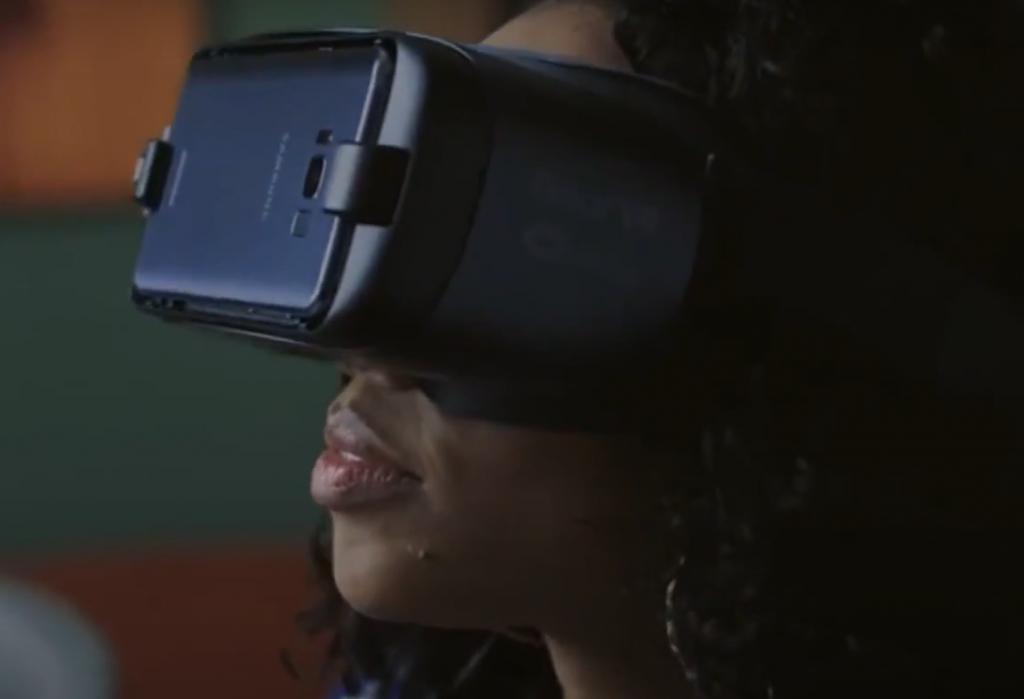
Now that you know what to look for, check out our list of the best VR headsets for kids!
FAQ
Is VR OK for 7-year-olds?
Yes, but with supervision. Check the game or app’s age rating and content rating (for example, ESRB) to make sure it’s appropriate for your child.
Can a 6-year-old play oculus?
Some Oculus games are appropriate for ages six and up. Before buying an Oculus game, make sure to check the age rating. You can find this information on the Oculus website or on the game or app’s page in the Oculus Store.
Is VR bad for kids’ eyes?
There is no evidence that VR is bad for kids’ eyes. However, some VR apps and games might be too intense for younger children. Look for VR apps that are designed specifically for kids.
What is the best VR headset for kids?
There is no one-size-fits-all answer to this question. The best VR headset for your child depends on their age, interests, and gaming experience. You can find a variety of VR headsets for kids online and in stores.
Do all VR headsets work with all phones?
No, not all VR headsets work with all phones. Make sure to check the compatibility of the headset and your phone before making a purchase.
Why is Oculus 13+?
Oculus games are rated for ages 13 and up because they may contain intense violence, blood and gore, sexual content, and/or strong language. For this reason, Oculus games are not suitable for children under the age of 13.
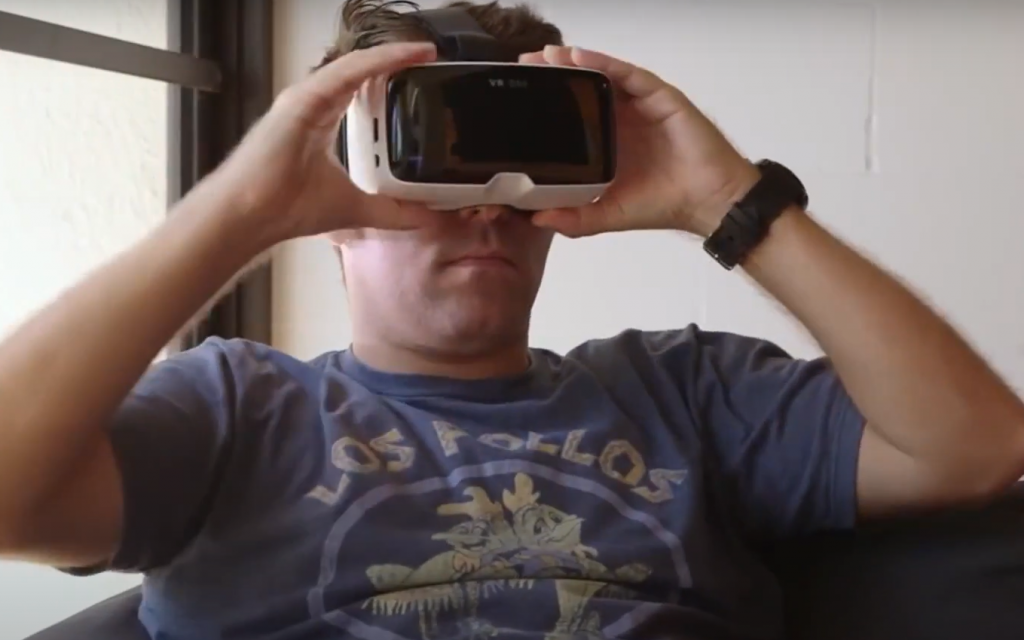
If you are looking for VR games for younger children, you can find a variety of VR headsets for kids online and in stores.
How to stop VR sickness?
If you’re feeling VR sickness, take a break from VR and try again later. Make sure to take breaks every 20 minutes or so, even if you don’t feel sick. Drink lots of fluids and avoid alcohol before using VR. If you’re still feeling sick after taking a break, stop using VR and consult a doctor.
Useful Video: Oculus Quest 2 Review – 100 Hours Later
Final Thoughts
Finding the right VR headset for your kid can be tough. But, we hope our list of the best VR headsets for kids has helped you make a decision! Just remember to keep an eye on screen time and take breaks every so often.
In addition, VR can be a great way to get kids interested in technology and gaming. If you have a young gamer in your household, VR could be the perfect way to get them started on their gaming journey!
Do you have a favorite VR headset for kids? Let us know in the comments below!
We hope you enjoyed this blog post! If you did, please share it with your friends and family. And, be sure to check back for new posts every week. Thanks for reading!
References:
- https://www.scienceabc.com/innovation/vr-virtual-reality-headsets-unsafe-kids.html

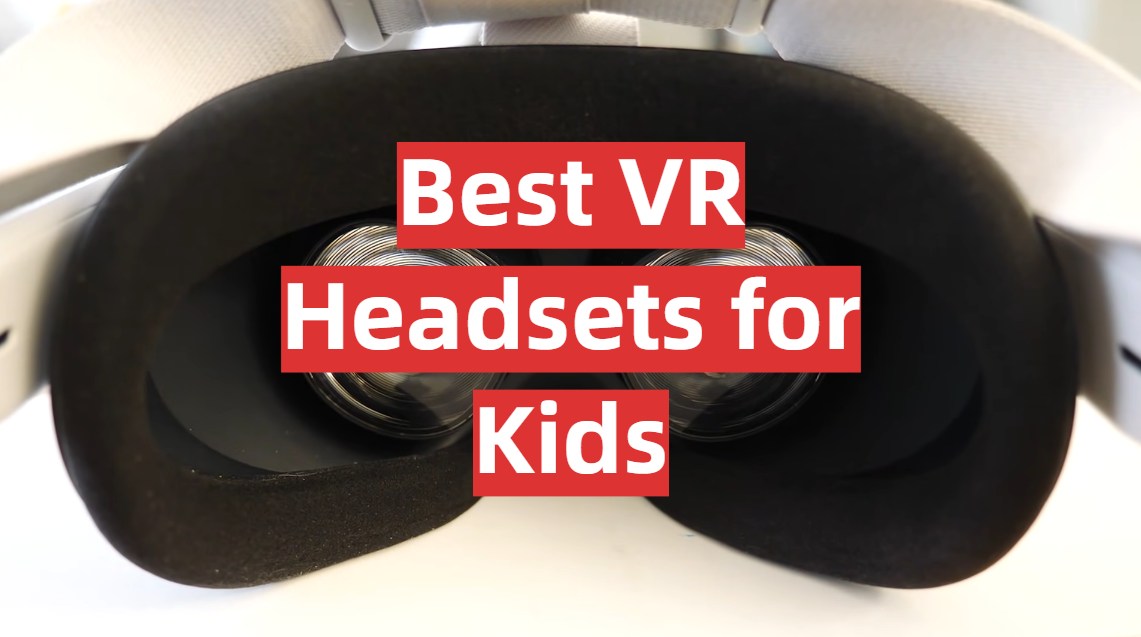
 If you’re looking for an immersive, cutting-edge gaming experience, look no further than the Oculus Meta Quest 2. This next-generation VR headset offers a truly impressive multi-sensory experience, with high-resolution graphics and built-in speakers for positional, 3D audio.
If you’re looking for an immersive, cutting-edge gaming experience, look no further than the Oculus Meta Quest 2. This next-generation VR headset offers a truly impressive multi-sensory experience, with high-resolution graphics and built-in speakers for positional, 3D audio.
 360 virtual reality glasses are a must-have for any person. They take away all the worry of being immersed in your favorite game or social media site because you won’t even feel gravity! With this new device, there’s no need to be limited by what the platform can offer – it works on everything.
360 virtual reality glasses are a must-have for any person. They take away all the worry of being immersed in your favorite game or social media site because you won’t even feel gravity! With this new device, there’s no need to be limited by what the platform can offer – it works on everything.
 Iron Man has always been one of the most powerful Avengers, but he’s never had much time for personal appearances.
Iron Man has always been one of the most powerful Avengers, but he’s never had much time for personal appearances.
 Introducing the all-new Oculus Quest 2! Boasting a powerful processor and the highest-resolution display yet, this next-level hardware is perfect for making every move count. With backward compatibility, you can explore new titles and old favorites in the expansive Quest content library.
Introducing the all-new Oculus Quest 2! Boasting a powerful processor and the highest-resolution display yet, this next-level hardware is perfect for making every move count. With backward compatibility, you can explore new titles and old favorites in the expansive Quest content library.


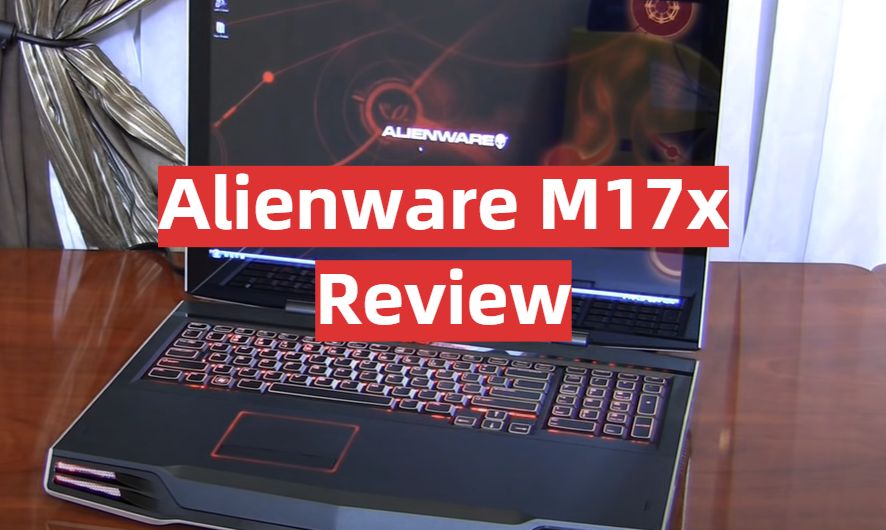


Leave a Reply